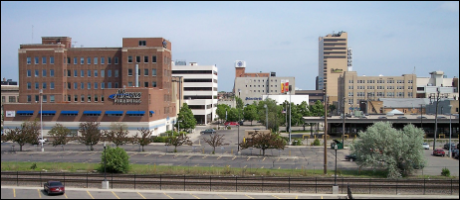
Moving to Fargo, North Dakota: A Comprehensive Relocation Guide
Considering moving to Fargo, North Dakota? The state’s largest city combines Midwestern friendliness with a fast-growing economy and modern amenities. This 2025 relocation guide explains why Fargo consistently ranks among America’s best small cities.
Demographic Profile to Consider If Moving to Fargo:
Fargo’s 2025 population exceeds 130,000, part of a metro area approaching 250,000 residents. The city is known for safety, diversity, and high civic engagement. Find trusted local services for moving, living, and working in Fargo.Fargo Relocation Directory
Cost of Living to Consider If Moving to Fargo:
The cost of living is about 8% below the U.S. average. Median home prices hover near $310,000, and rents average $1,200–$1,700. Utilities and healthcare remain affordable.
Economy and Job Market:
Fargo’s economy is anchored by technology, healthcare, education, and manufacturing. Major employers include North Dakota State University, Sanford Health, and Microsoft. The job market remains strong with low unemployment.
Education:
Fargo Public Schools are highly rated, and higher education is anchored by North Dakota State University, providing research and cultural opportunities.
Recreation and Lifestyle:
Downtown Fargo features restaurants, art galleries, and entertainment venues. Residents enjoy year-round events, parks, and the Red River Greenway. Winters bring hockey, skiing, and community warmth.
Healthcare and Services:
Sanford Medical Center Fargo, one of the largest hospitals in the region, provides top-tier medical care. Essentia Health offers additional options.
Transportation:
I-29 and I-94 intersect in Fargo, providing easy travel. Hector International Airport offers national flight connections.
Conclusion:
Moving to Fargo in 2025 offers modern city amenities, community pride, and strong economic opportunity in a friendly northern setting.

